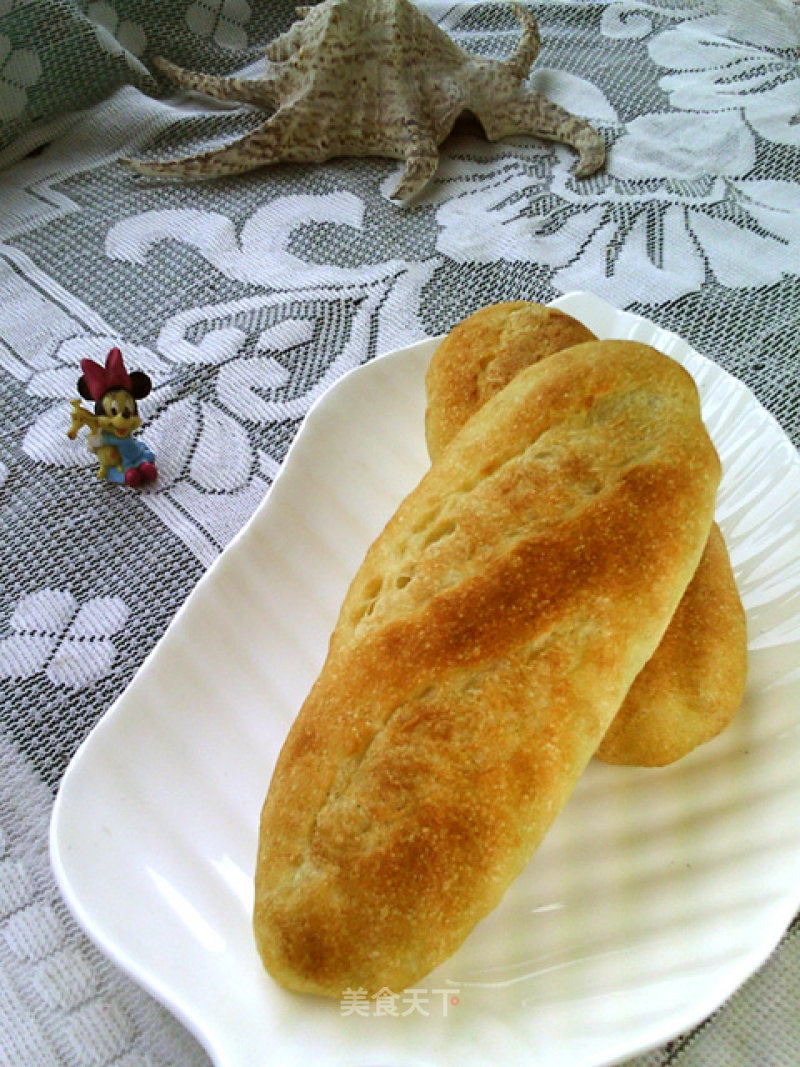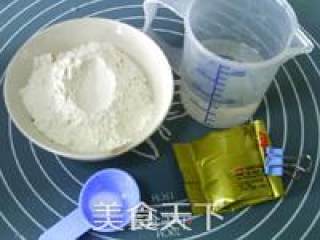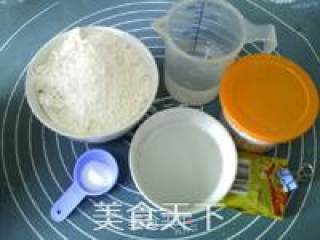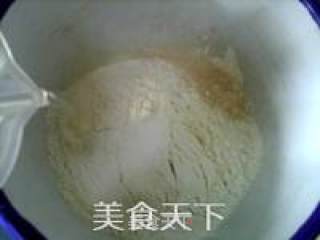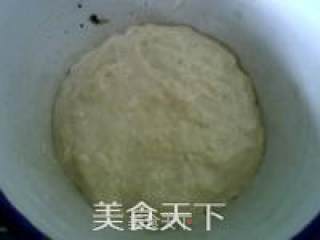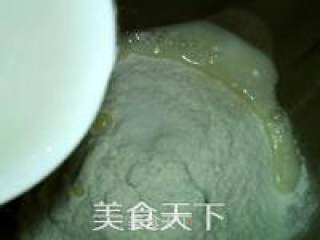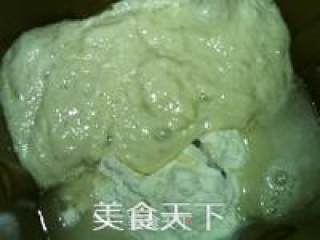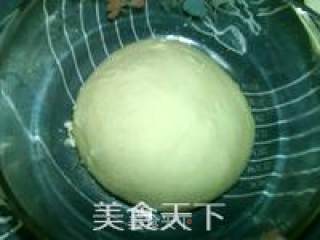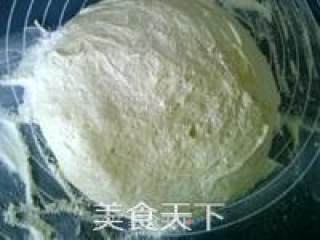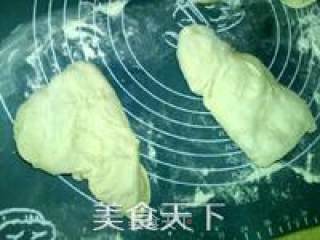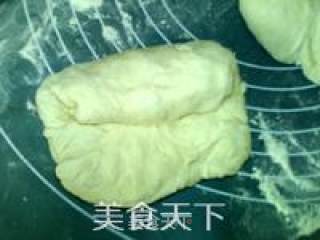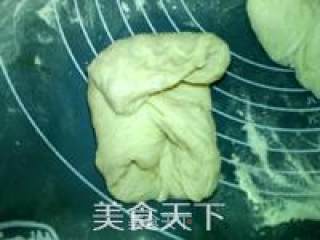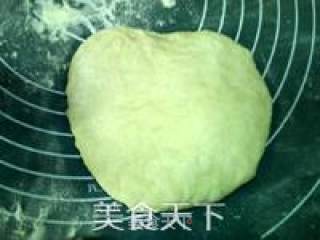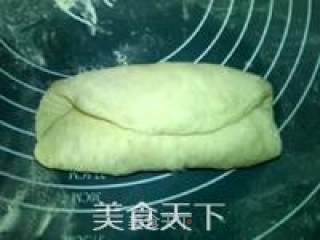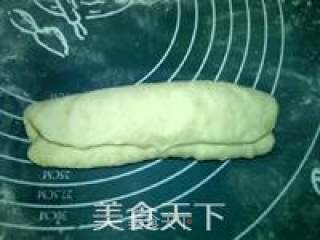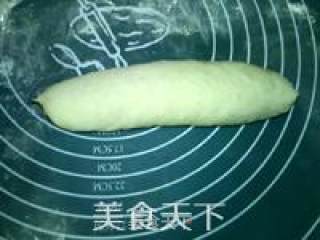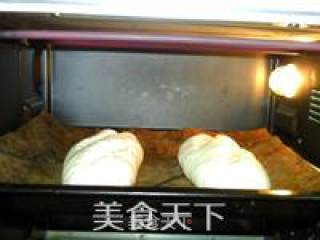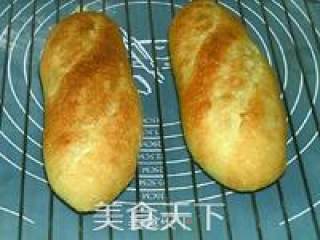French Bread
by Food·Color
Favorite
Difficulty
Normal
Time
2h
Serving
2
The bread book went to the back, and there were many questions.
French bread, if you just look at the original French bread, you really won't think there is any problem. However, there are two changes that followed it. If you only look at these two changes, there will be no problem. However, after comparing before and after, the question arises-is the fermentation conditions of the fermented seeds refrigerated or room temperature?
Basic French bread with detailed process and step-by-step instructions for dough making. After making the liquid seed, cover it with a plastic wrap to "ferment for 4-18 hours". The blank space on this page is also marked with a ※ side note: "When the liquid seed is made, if it is summer, it will need to ferment for 4 hours after it is ready on the day. If it is winter, it will take 18 hours to ferment after the day is ready." Such an explanation did not cause any confusion. While figuring out how to arrange the fermentation time of the liquid seeds, I turned to the following two changes-shrimp bacon and French cheese bread.
Due to the use of the same dough, both types of bread no longer have a detailed process of dough making, but just list a concise process for the entire production process, and indicate the temperature conditions and required time of each process in parentheses. The liquid fermentation is "(4-18 hours in the refrigerator)", which is obviously different from the description of the original French bread.
In the basic French bread making, there is no mention of any refrigeration and fermentation, and the difference in fermentation time between winter and summer will not be understood as refrigeration and fermentation in the refrigerator. Moreover, the temperature in the refrigerator is low and relatively constant, so why do we need to ferment for different periods of time in different seasons?
After thinking about it, I decided to ignore the refrigerator problem and just treat it at room temperature. It's the end of spring and early summer, and the fermentation time is controlled between 4-6 hours, and there is probably no problem.
Let's talk about the liquid type a little bit. The liquid seed with three points of water should obviously refer to the fermented seed dough with higher water content. In the recipe, the 1:1 ratio of flour and water seems to explain the problem. However, turning to the end of the book, in the summary of bread terminology, explained the "liquid method": "It is mostly used in the production of butter-rich breads such as croissants and Danish pastries. However, when the dough temperature increases At the time, the butter contained in the dough will melt. Therefore, the bread made the day before is fermented and then refrigerated overnight in the refrigerator to keep the butter temperature low." There is no bit of butter used in the French bread dough, obviously No such worries. And the "liquid seed method" explained here is supposed to be "night seed".
Do it after you figure it out. Although it was entered according to the full amount of materials, only half of the amount was actually done. The two short sticks look hard on the outside, but the inside is soft and feels good. "
French bread, if you just look at the original French bread, you really won't think there is any problem. However, there are two changes that followed it. If you only look at these two changes, there will be no problem. However, after comparing before and after, the question arises-is the fermentation conditions of the fermented seeds refrigerated or room temperature?
Basic French bread with detailed process and step-by-step instructions for dough making. After making the liquid seed, cover it with a plastic wrap to "ferment for 4-18 hours". The blank space on this page is also marked with a ※ side note: "When the liquid seed is made, if it is summer, it will need to ferment for 4 hours after it is ready on the day. If it is winter, it will take 18 hours to ferment after the day is ready." Such an explanation did not cause any confusion. While figuring out how to arrange the fermentation time of the liquid seeds, I turned to the following two changes-shrimp bacon and French cheese bread.
Due to the use of the same dough, both types of bread no longer have a detailed process of dough making, but just list a concise process for the entire production process, and indicate the temperature conditions and required time of each process in parentheses. The liquid fermentation is "(4-18 hours in the refrigerator)", which is obviously different from the description of the original French bread.
In the basic French bread making, there is no mention of any refrigeration and fermentation, and the difference in fermentation time between winter and summer will not be understood as refrigeration and fermentation in the refrigerator. Moreover, the temperature in the refrigerator is low and relatively constant, so why do we need to ferment for different periods of time in different seasons?
After thinking about it, I decided to ignore the refrigerator problem and just treat it at room temperature. It's the end of spring and early summer, and the fermentation time is controlled between 4-6 hours, and there is probably no problem.
Let's talk about the liquid type a little bit. The liquid seed with three points of water should obviously refer to the fermented seed dough with higher water content. In the recipe, the 1:1 ratio of flour and water seems to explain the problem. However, turning to the end of the book, in the summary of bread terminology, explained the "liquid method": "It is mostly used in the production of butter-rich breads such as croissants and Danish pastries. However, when the dough temperature increases At the time, the butter contained in the dough will melt. Therefore, the bread made the day before is fermented and then refrigerated overnight in the refrigerator to keep the butter temperature low." There is no bit of butter used in the French bread dough, obviously No such worries. And the "liquid seed method" explained here is supposed to be "night seed".
Do it after you figure it out. Although it was entered according to the full amount of materials, only half of the amount was actually done. The two short sticks look hard on the outside, but the inside is soft and feels good. "

